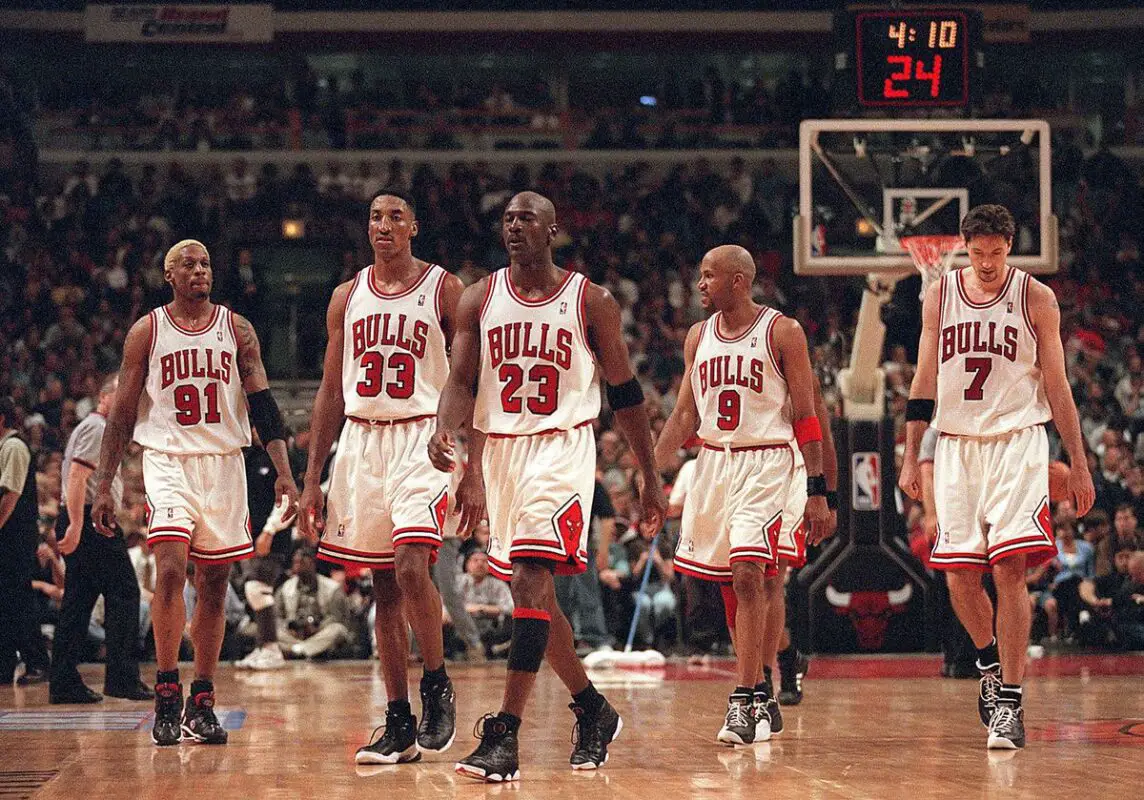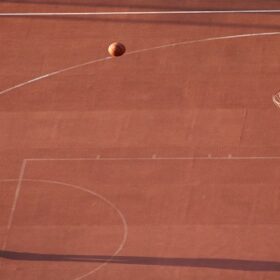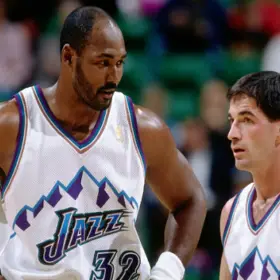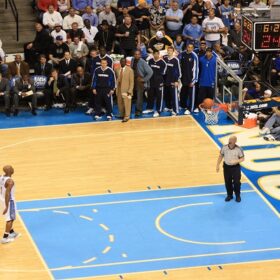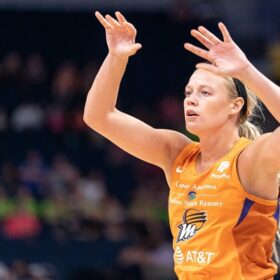Basketball is one of the most popular sports in the world. Practicing basketball has a lot of health benefits, and even a child enjoys practicing this game at a competitive level. In this article, the basketball positions are explained!! After checking it out, you can choose which one you want to play in.
First and foremost, you need to know that the different positions applied in basketball depend a lot on the athlete’s height and weight. For example, the tallest player in the team is usually comfortable with the center position. On the other hand, a player who’s short in height performs best in the point guard position.
There are usually five players in each team, and each has its roles and responsibilities. Thus, each team consists of a point guard, a wing guard, a small forward, a power forward, and a center/c.
Even though basketball has adapted a lot of recent changes, players who occupy these positions still have specific responsibilities. During a basketball match, in radio or TV broadcasts, many commentators refer to the players’ positions by numbers: 1, 2, 3, 4, 5. But what do the numbers refer to? And how should players act on the court while maintaining a specific position? This post reveals all that’s involved. Keep reading!!
What are the Positions in Basketball?
Let’s delve deeper into the topic now!! Here are the basketball positions explained!! Check them out carefully to develop a better understanding of the game!!
1. Point Guard / PG
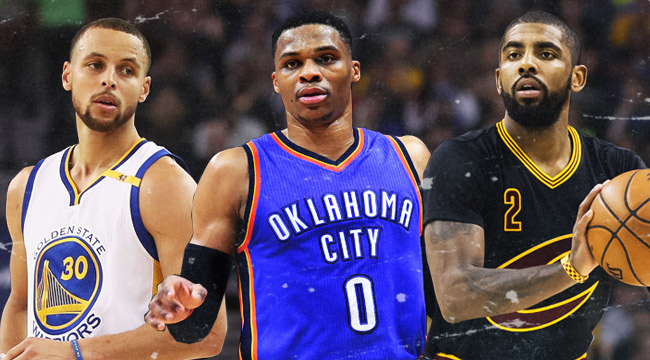
The owner of this position is the “brain” of the team. The one handling the point guard position usually takes the ball from the defence to the attack. In addition, he/she observes the type of defence of the opposing team and chooses the necessary move to overcome it. The player passes the message to the other members of the team using codes pre-established by the coach.
These moves make all players know where to position themselves. Besides, they get to know what function (pass, displacement, blocking, etc.) they need to perform for developing a higher probability of making the basket.
The shortest athlete with the best ball control in the team usually holds the point guard position.
2. Wing Guard/Shooting Guard
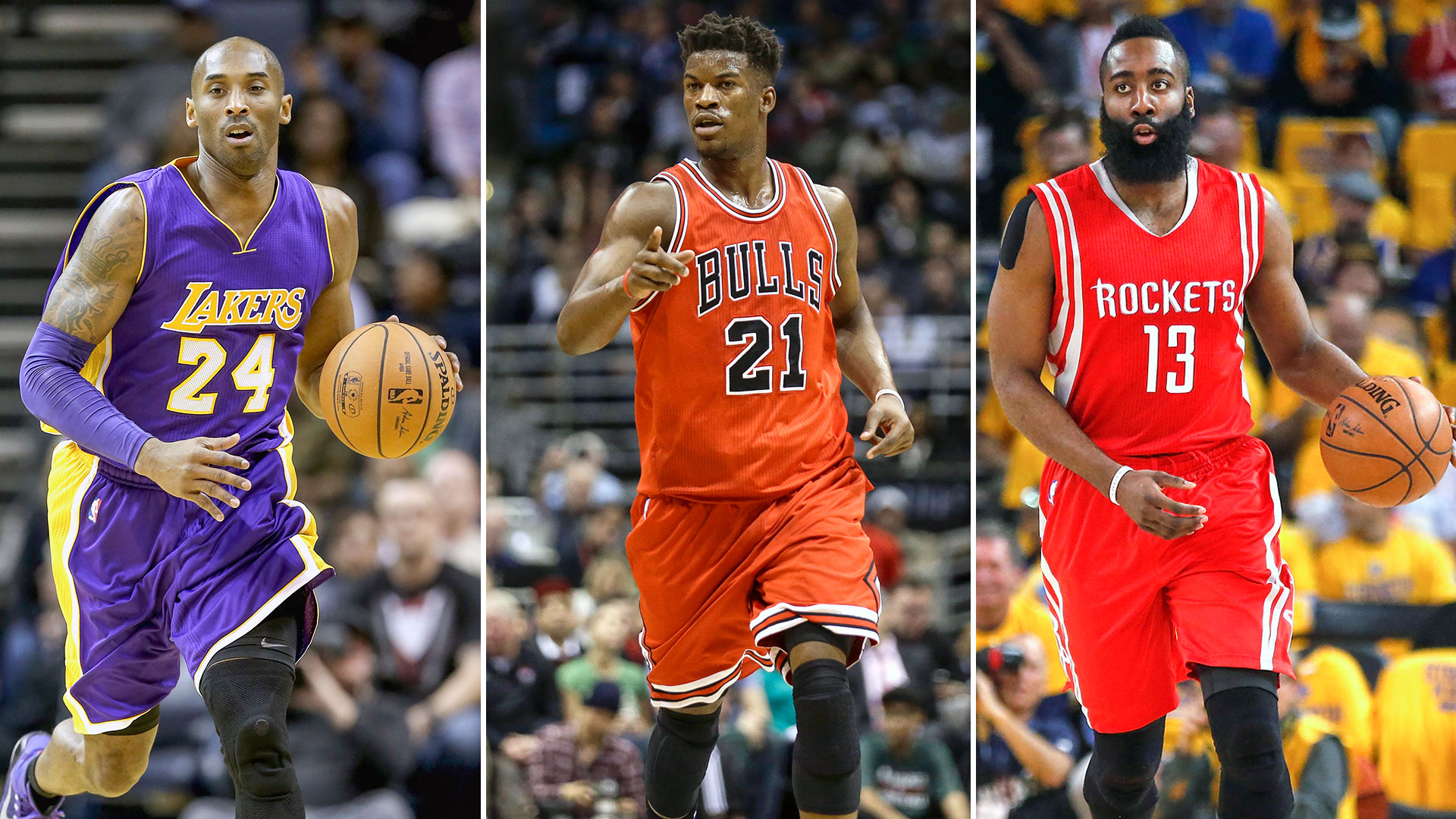
As the name suggests, the escort is the “helper” of the point guard. Many defenders try to prevent the point guard from bringing the ball into the attack, to harm the opponent’s offensive organization. In this case, it is the escort who plays the role of the point guard and organizes it.
When the guard makes the defence-attack transition, the responsibility of the escort includes infiltrations and using speed to penetrate the defence. The list of other significant job roles of the wing guard comprises the following.
- shooting for the counterattack
- getting ahead of all the opponents
- receiving the long pass and make the tray.
The escort is usually the fastest player in the team.
3. Small Forward
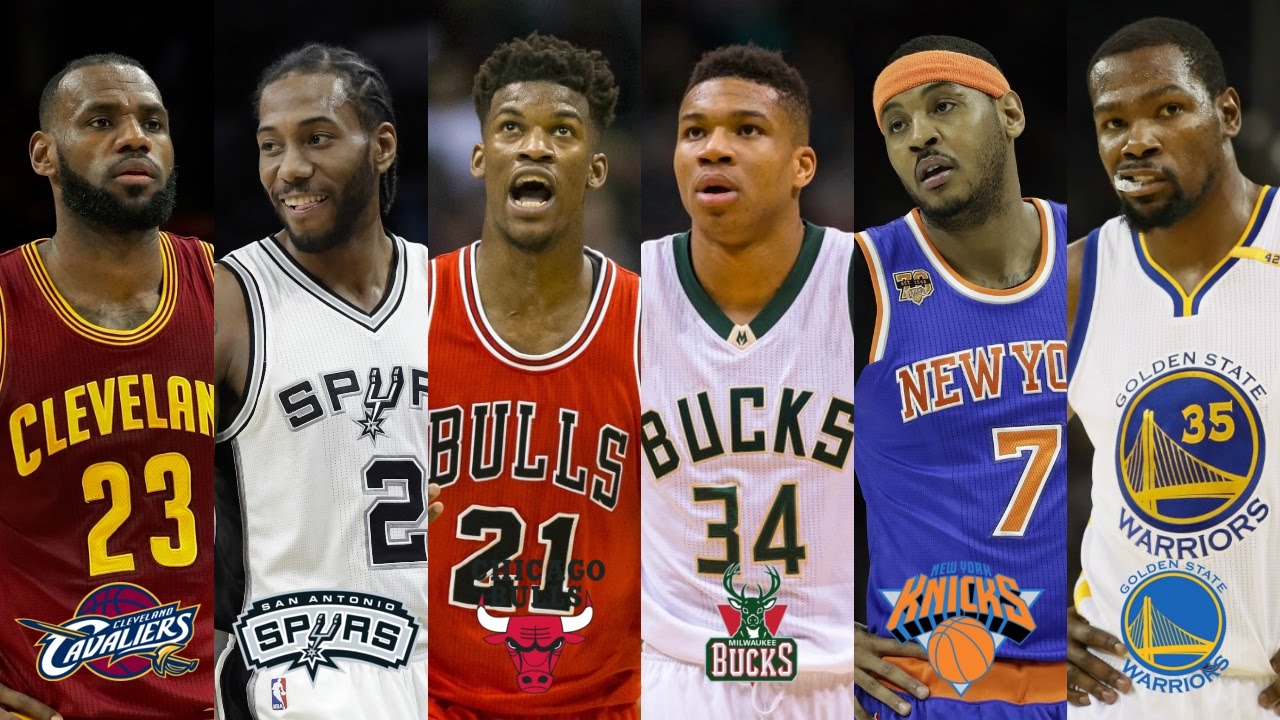
The most competitive and knowledgeable player in the team holds this position. The player must be well-acquainted about every little detail of the game, just like the point guard. In addition, he/she retains the responsibility to close the counterattack together with the escort.
The winger also participates in the dispute for rebounds, and pivot. While the sideline moves through all aspects are inherent to a basketball player, the medium and long-distance shots practically come as an “obligation” for the one playing in the wing position.
4. Power Forward

This terminology was adopted recently by the scholars of basketball. The pitching potential, physical strength, and mastery of the athlete’s fundamentals determine the team’s offensive philosophy.
The primary roles of the player holding power forward position include –
- seeking infiltration movements
- unbalancing the defense
- facilitating the medium and long-distance shots.
If the player takes the physical advantage over the opponent and likes the contact, the captain positions the player next to the basket so that his characteristic prevails over the opponent.
5. Center / C

This is the player who acts closest to the basket, both in defence and in the attack. His/her primary job role is to fight for the position where it can receive (attack) or prevent (defence) the pass. Fighting for rebounds is his/her obligation. Most of the time, the tallest athlete in the team holds this position.
Once you receive the ball, the role of the player holding the C position becomes vital since being close to the basket brings the possibility of scoring imminent.
So, these are the positions that you must be aware of while playing/watching basketball. Now, when the basketball positions are explained, let’s help you with some additional information. Do you know if you play basketball, you can avail several health benefits? Curious to know about them? Well, they are explained in the following section of this post.
Health Benefits of playing Basketball
Tones the Muscles
While playing basketball, you work on the acceleration and change of pace. This makes you keep up the same intensity throughout the game. You use your legs for running and jumping. In addition, your body works during dribbling, defence, and throwing. Since it’s a sport that relies heavily on jumping and upright, it helps you develop toned muscles.
Develop Your Skills
To make your baskets, you must combine precision and coordination. Remember, you don’t have to be too tall to play basketball. While you are in defence, you need to anticipate your opponent’s movements to avoid contact. In attack, you coordinate dribbling and running, jumping and throwing, displacement, and game vision. Your progress, therefore, is accompanied by agility and skill. In the end, liveliness and precision are not only in the game, but in you!!
Makes You Learn Avoiding Contacts
The game of basketball has evolved a lot since the beginning, but it maintains the philosophy of a non-contact game. It’s a sport that favors anticipation, skill, and avoidance over confrontation. As a result, you can have fun and loosen up freely. The only things that should concern you are the hoops.
Hope this post has contributed to the enrichment of your knowledge about basketball. Comment and send your questions so we can help you to know more about basketball tactics! Stay well, enjoy gaming!!

